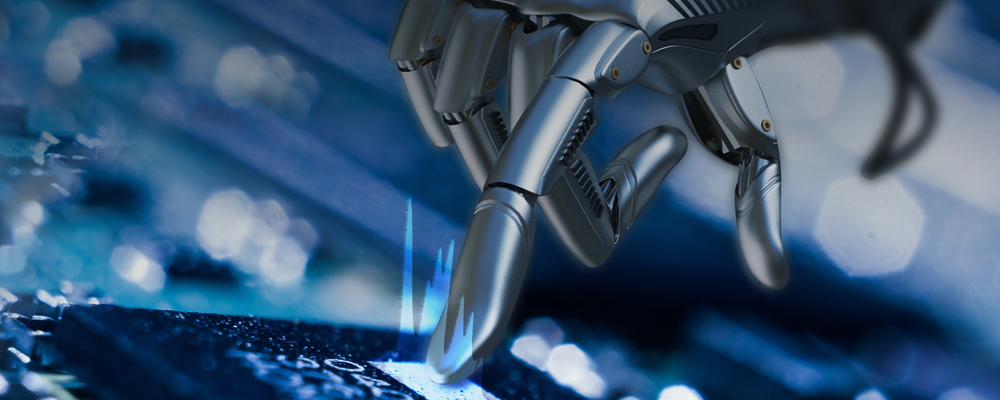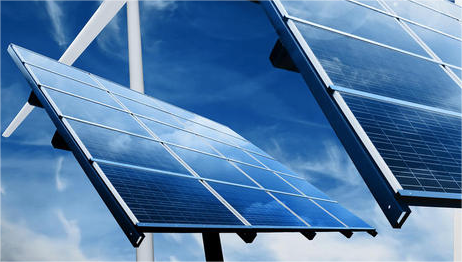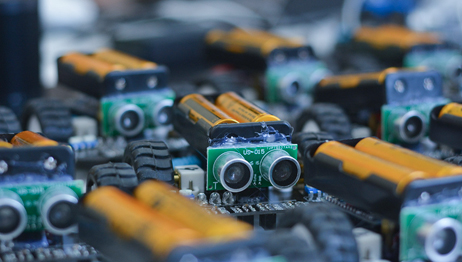


| Material classification | Improved performance | Application areas |
|---|---|---|
| Superconductive materials | Superconductive criticaltemperature, critical current density, surface resistance, etc. | Transmission cables, superconducting MRE, superconducting motors, magnetic levitation, etc. |
| Lithium battery materials | Ratio capacity, cycle life, etc. | Lithium-ion power battery, nickel hydride power battery, etc. |
| New energy materials | Conversion efficiency | New energy |
| Functional ceramic materials | Signal-to-noise ratio, service life, energy consumption, etc. | Sensors, memory, infrared detection, radiation detection, ultrasonic detection, etc. |
| Functional film materials | Transmission, conductivity, electromagnetic/UV shielding, etc. | Mobile phone radiation shielding film, anti-UV film, transparent conductive film, etc. |
| Alloy materials | Strength, high temperature, corrosion resistance | Aerospace, automotive, bridges, shipbuilding, etc. |
| Smart materials | Phase change temperature, conductive thermal conductivity, electromechanical coupling coefficient | Medical devices, instrumentation, automatic control, robotics, etc. |
| Electronic materials | Conductivity, thermoelectric properties, optoelectronic properties | Electronics |
